Epidemiology Report: Analysis of Cancer Incidence and Mortality Rates
VerifiedAdded on 2021/11/08
|5
|1224
|78
Report
AI Summary
This report provides an analysis of the article "Global, Regional, and National Cancer Incidence, Mortality, Years of Life Lost, Years Lived With Disability, and Disability-Adjusted Life-Years for 29 Cancer Groups, 1990 to 2016" by Fitzmaurice. It explores the methodology, focusing on the Global Burden of Disease (GBD) study estimation technique used to assess the burden of cancer. The report details the data analysis, including the use of the Sociodemographic Index (SDI) for stratification and the appropriateness of the research methods. The GBD study's estimation method is highlighted for its effectiveness in addressing data complexities and providing insights applicable to cancer control interventions. The report concludes by emphasizing the value of GBD study estimates in addressing gaps in authentic information regarding cancer and other non-communicable diseases, while also suggesting improvements in data collection to enhance reliability and accuracy. The report uses the GBD 2016 study, which is consistent with the GATHER guidelines and global population standard to compute age-standardized frequencies. The estimation method used reported 95% uncertainty intervals (UIs) for the entire estimates.
1 out of 5
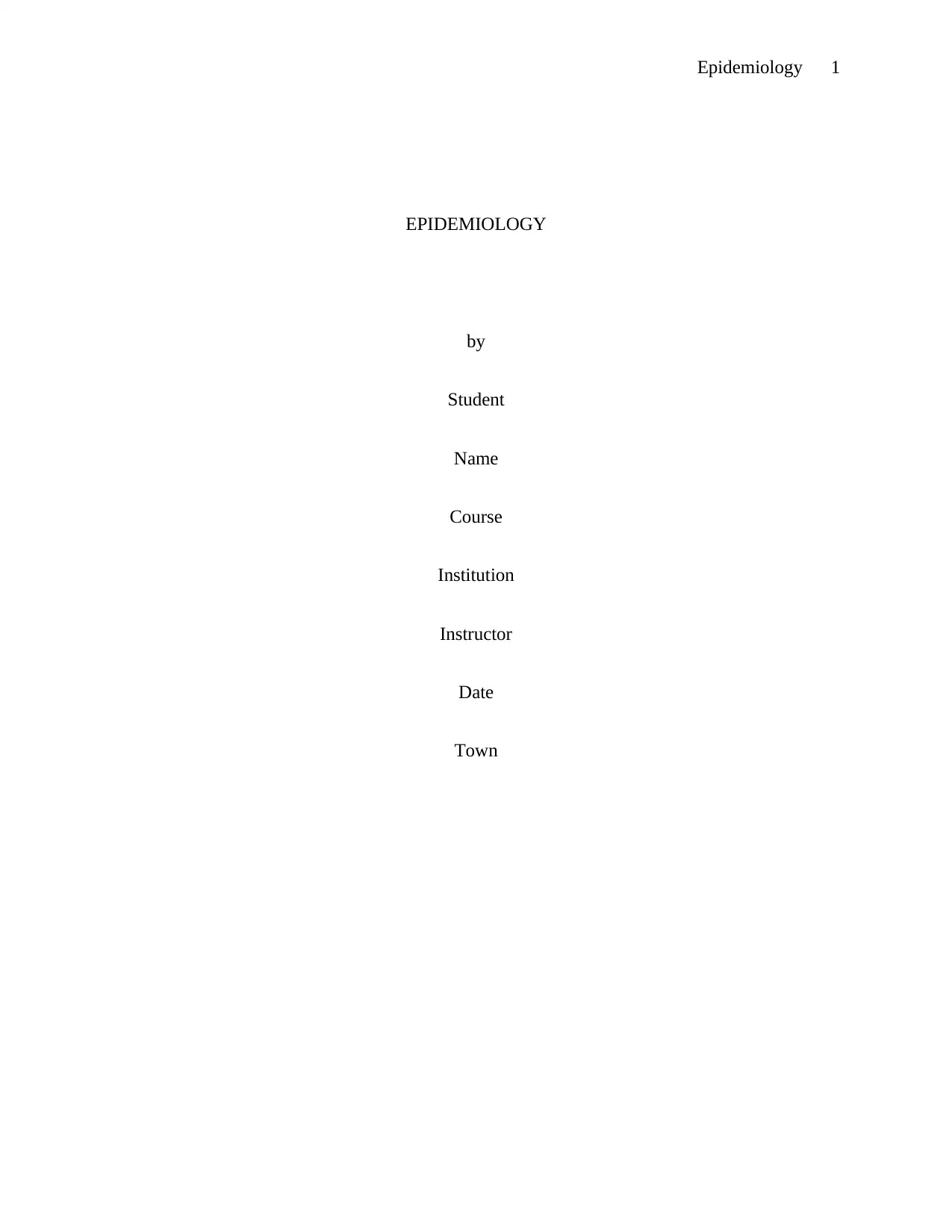
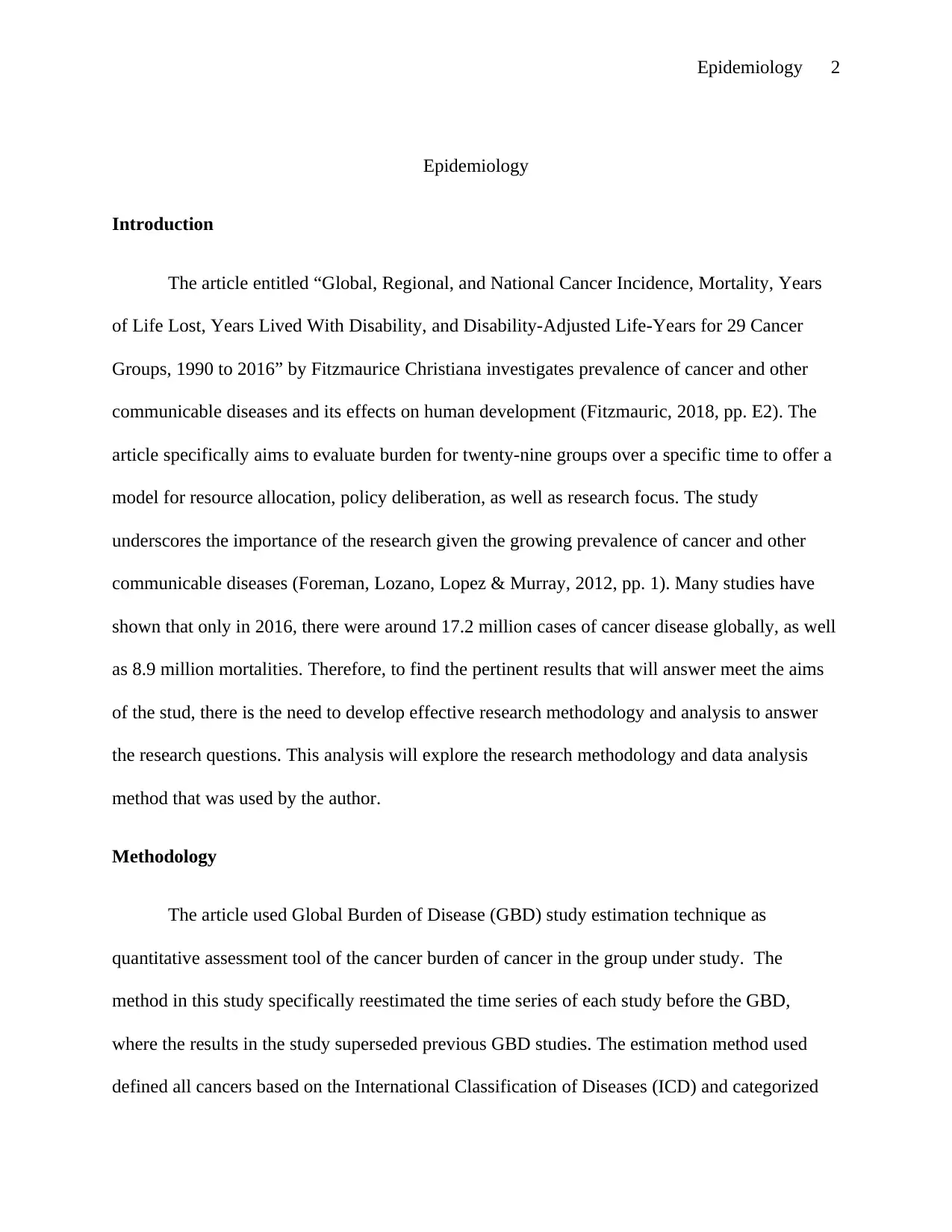
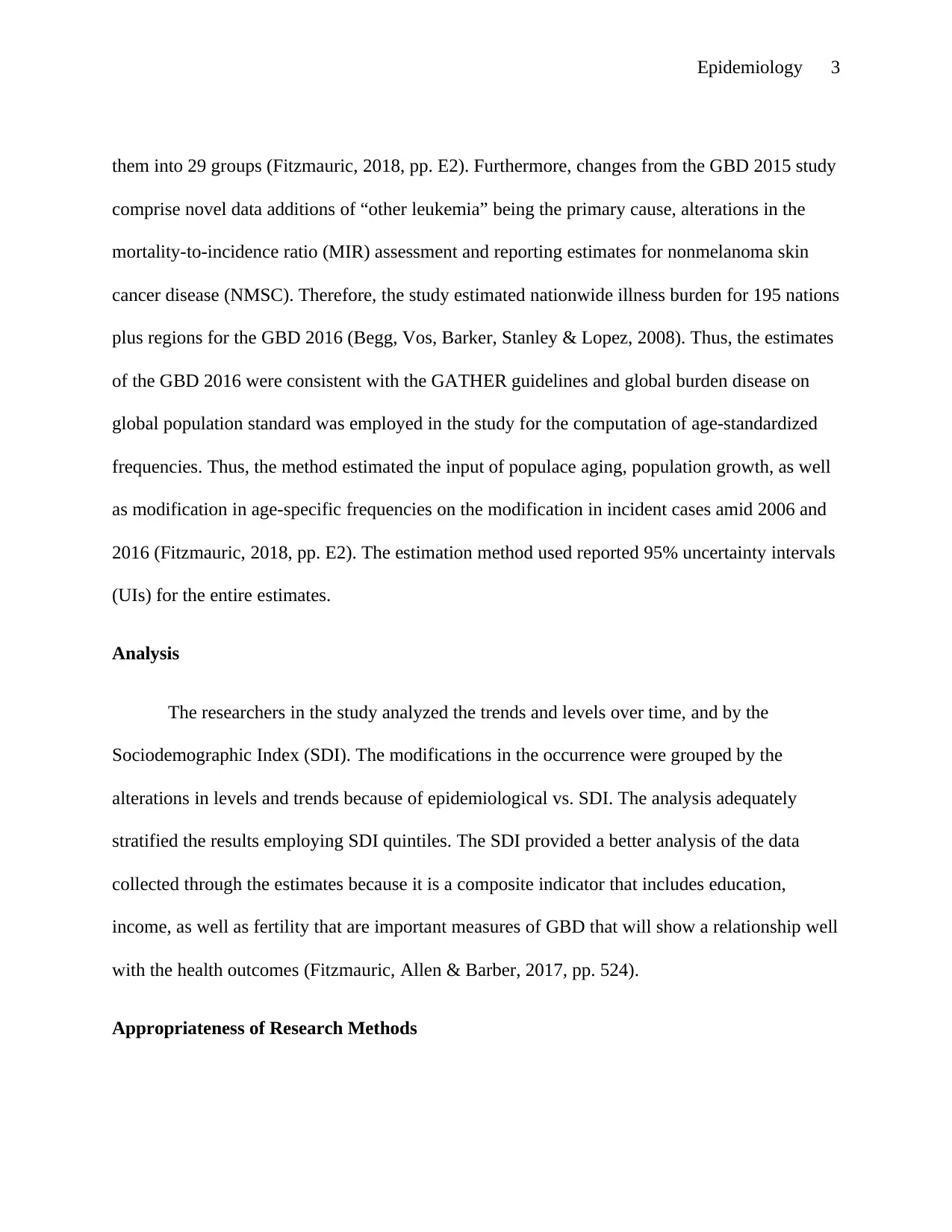

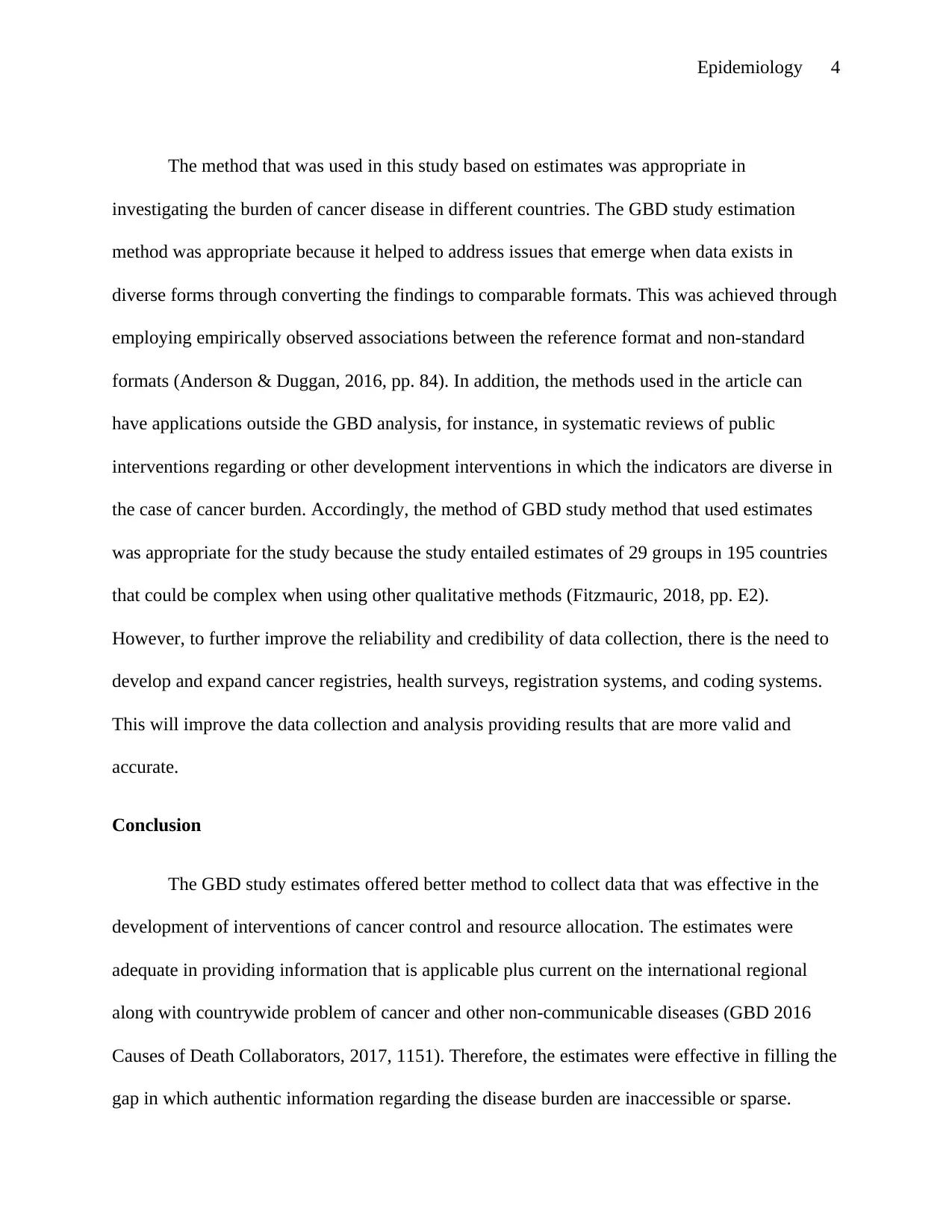
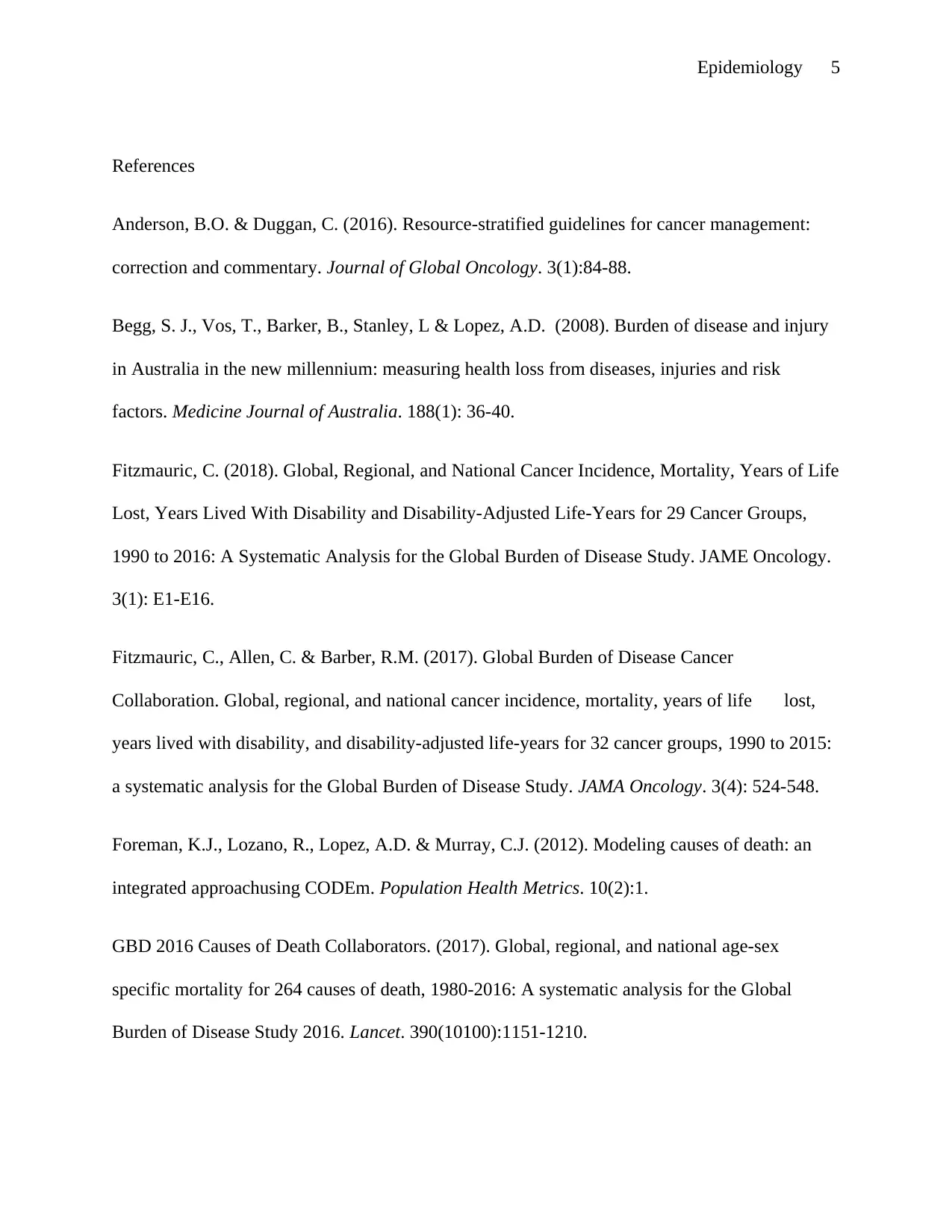






![[object Object]](/_next/static/media/star-bottom.7253800d.svg)